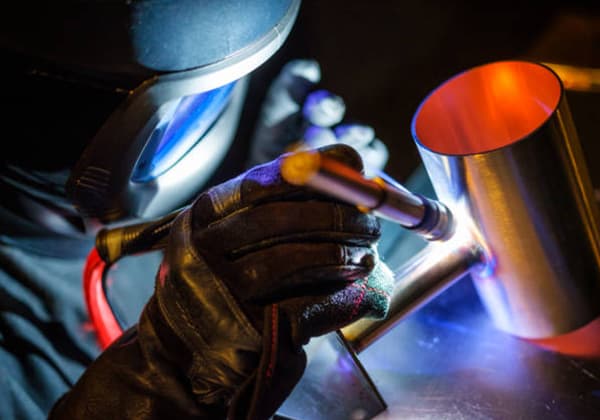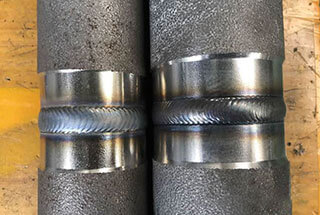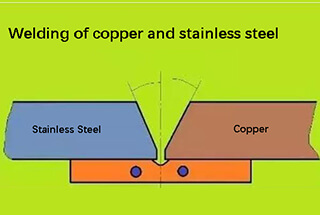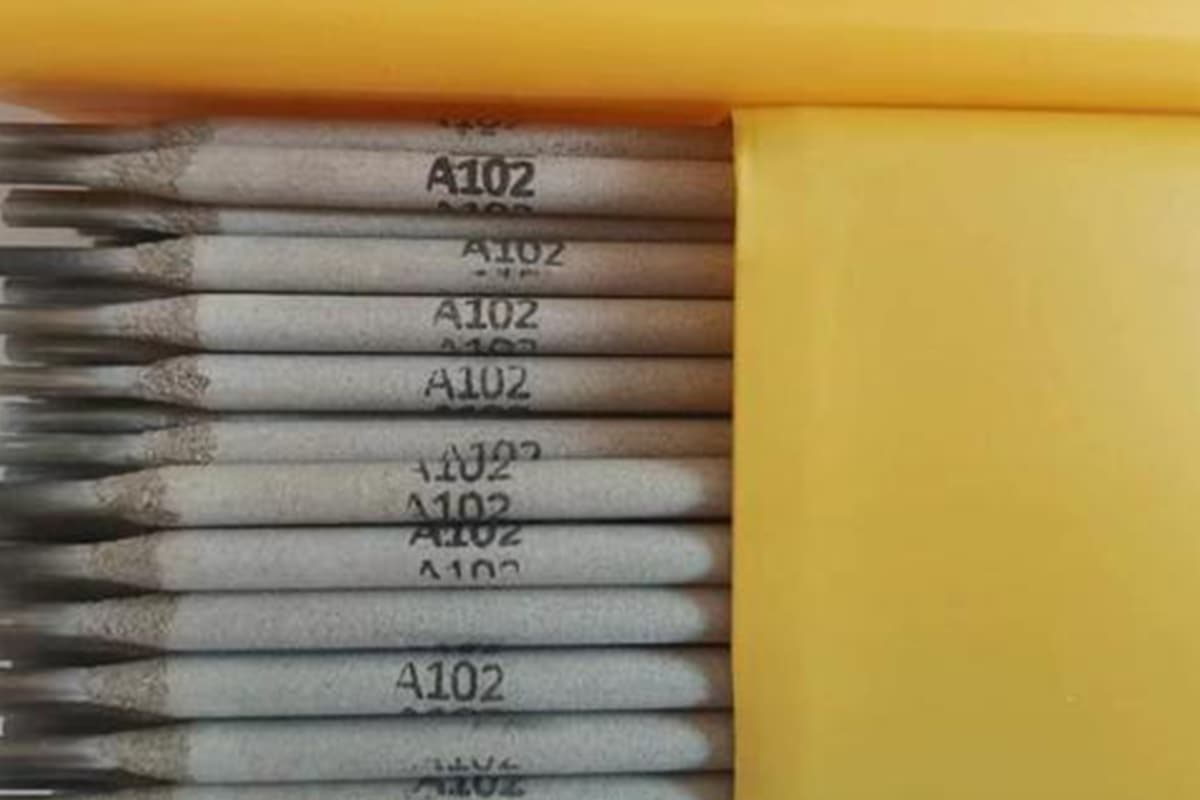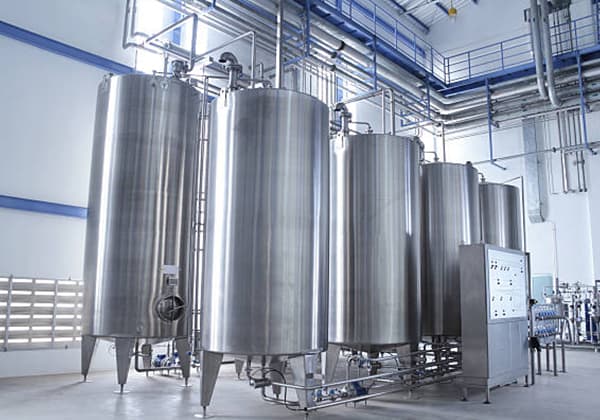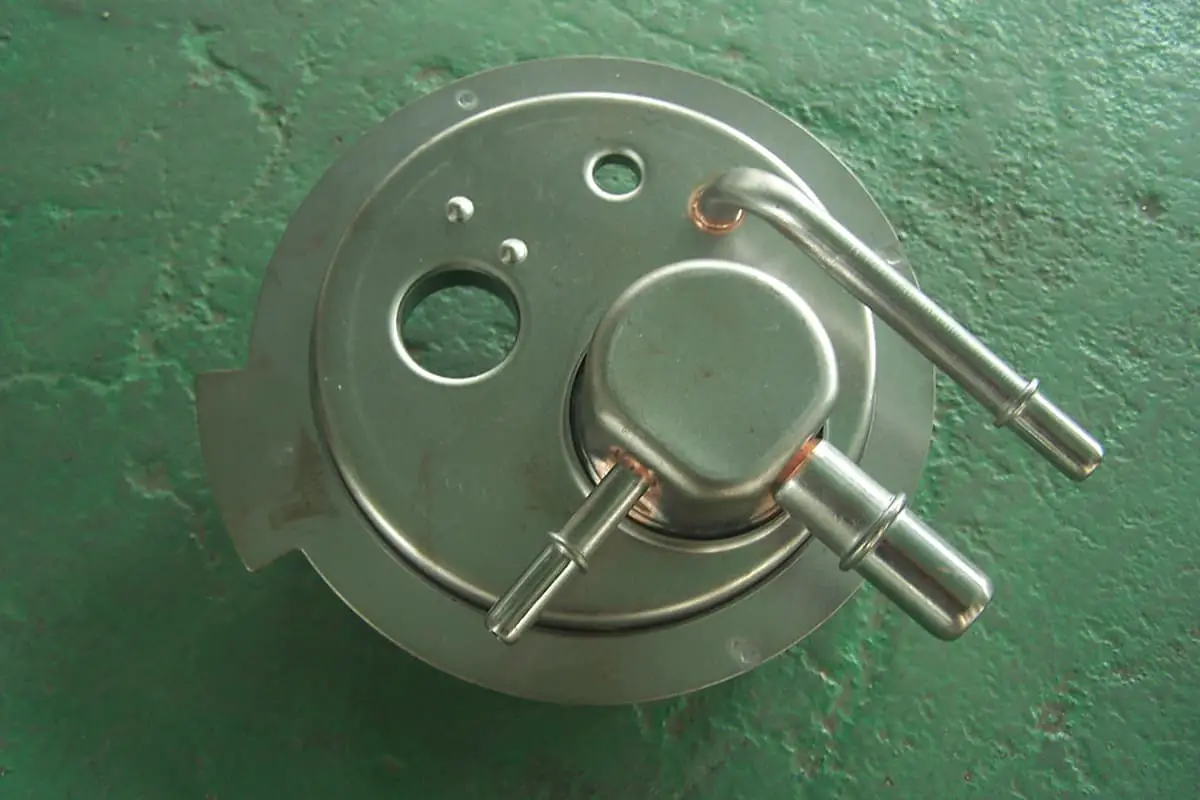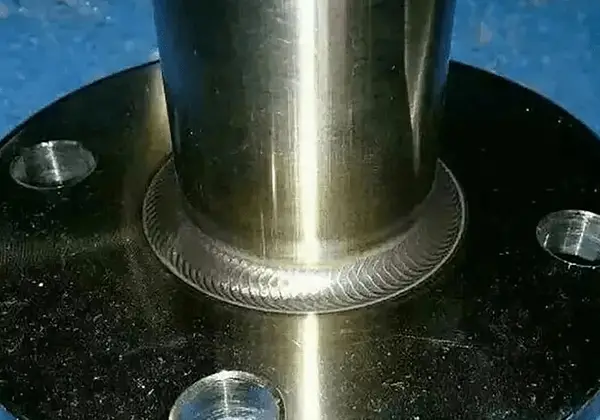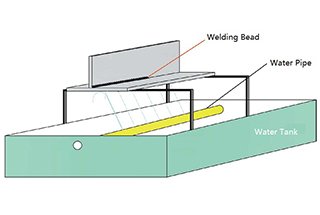
Have you ever wondered why welding stainless steel is considered both an art and a science? This guide unravels the complexities of stainless steel welding, covering the entire process from choosing the right techniques to ensuring high-quality results. You’ll learn about different welding methods, the challenges of working with stainless steel, and key tips for success. Whether you’re a novice or an experienced welder, this article offers valuable insights to help you master the intricacies of stainless steel welding.
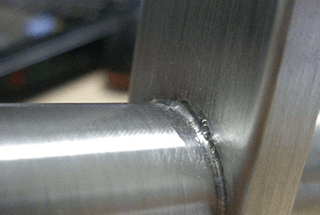
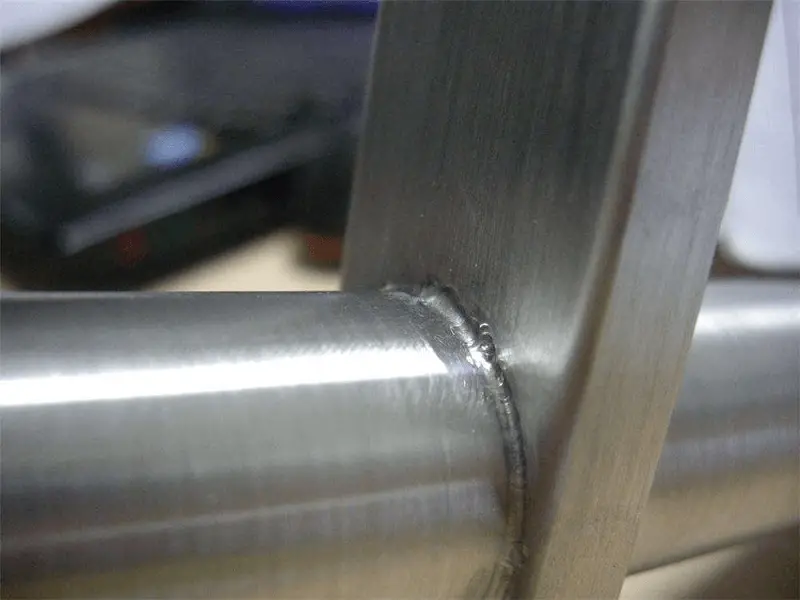
Stainless steel welded pipe is formed on the welded pipe forming machine by rolling and welding the stainless steel plate through the Ruo trunk road mold.
Because stainless steel has high strength and its structure is face centered cubic lattice, it is easy to form work hardening, so when forming welded pipe:
On the one hand, the mold should bear large friction, so that the mold is easy to wear;
On the other hand, the stainless steel sheet is easy to form adhesion (bite) with the die surface, resulting in strain on the welded pipe and die surface.
Therefore, a good stainless steel forming die must have high wear resistance and anti bonding (bite) performance.
Our analysis of imported welded pipe dies shows that the surface treatment of these dies is super hard metal carbide or nitride coating.
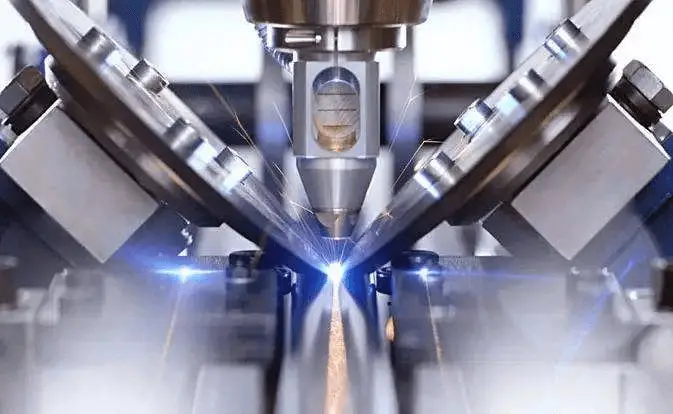
Compared with traditional fusion welding, laser welding and high-frequency welding have the characteristics of fast welding speed, high energy density and small heat input.
Therefore, the heat affected zone is narrow, the grain growth degree is small, the welding deformation is small, and the cold working formability is good.
It is easy to realize automatic welding and single pass penetration of thick plate. The most important feature is that i-groove butt welding does not need filling materials.
Welding technology is mainly applied to metal base materials.
Common welding technologies include electric arc welding, argon arc welding, CO2 shielded welding, oxygen acetylene welding, laser welding, electroslag pressure welding and so on.
Plastics and other non-metallic materials can also be welded.
There are more than 40 metal welding methods, which are mainly divided into three categories: fusion welding, pressure welding and brazing.
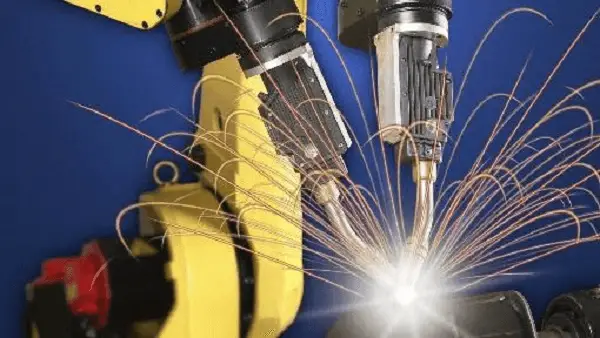
Fusion welding is a method of heating the workpiece interface to the melting state during the welding process and completing the welding without pressure.
During fusion welding, the heat source will quickly heat and melt the interface between the two workpieces to be welded to form a molten pool.
The molten pool moves forward with the heat source, forms a continuous weld after cooling, and connects the two workpieces into one.
In the process of fusion welding, if the atmosphere is in direct contact with the high-temperature molten pool, the oxygen in the atmosphere will oxidize metals and various alloy elements.
When nitrogen and water vapor in the atmosphere enter the molten pool, defects such as pores, slag inclusions and cracks will be formed in the weld during subsequent cooling, which will deteriorate the quality and performance of the weld.
Pressure welding is the combination of atoms between two workpieces in the solid state under the condition of pressure, also known as solid-state welding.
The commonly used pressure welding process is resistance butt welding. When the current passes through the connecting end of two workpieces, the temperature rises due to great resistance. When heated to the plastic state, it is connected into one under the action of axial pressure.
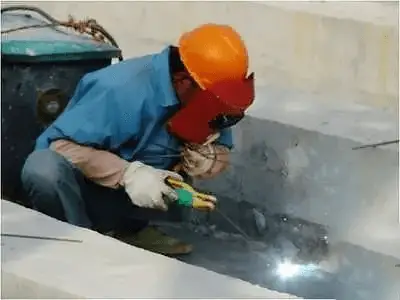
The common feature of various pressure welding methods is to apply pressure without filler material in the welding process.
Most pressure welding methods, such as diffusion welding, high-frequency welding and cold pressure welding, have no melting process, so there are no problems such as burning of beneficial alloy elements and intrusion of harmful elements into the weld, which simplifies the welding process and improves the welding safety and health conditions.
At the same time, because the heating temperature is lower than that of fusion welding and the heating time is short, the heat affected zone is small.
Many materials that are difficult to be welded by fusion welding can often be pressure welded into high-quality joints with the same strength as the base metal.
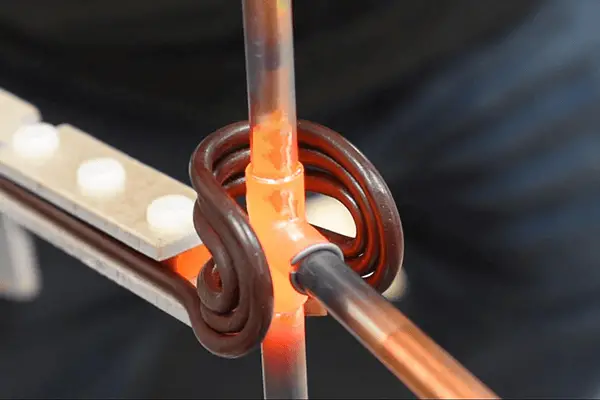
Brazing is a method of using metal materials with lower melting point than the workpiece as solder, heating the workpiece and solder to a temperature higher than the melting point of solder and lower than the melting point of workpiece, wetting the workpiece with liquid solder, filling the interface gap and realizing mutual diffusion between atoms with the workpiece, so as to realize welding.
The joint between two connected bodies formed during welding is called weld.
Both sides of the weld will be affected by welding heat during welding, resulting in changes in microstructure and properties. This area is called heat affected zone.
During welding, due to different workpiece materials, welding materials and welding current, overheating, embrittlement, hardening or softening may occur in the weld and heat affected zone after welding, which also reduces the performance of weldments and worsens the weldability.
This requires adjusting the welding conditions. Preheating at the interface of the weldment before welding, heat preservation during welding and post welding heat treatment can improve the welding quality of the weldment.
Welding process adopted:
Small specification can prevent intergranular corrosion, thermal crack and deformation, and the welding current is 20% lower than that of low carbon steel;
In order to ensure the stable combustion of arc, DC reverse connection is adopted;
The arc of short arc welding shall be stopped slowly, the arc pit shall be filled, and the surface in contact with the medium shall be welded finally;
During multi-layer welding, the temperature between layers shall be controlled, and forced cooling can be adopted after welding;
Do not start arc outside the groove, and the ground wire shall be well connected;
Deformation after welding can only be corrected by cold working.
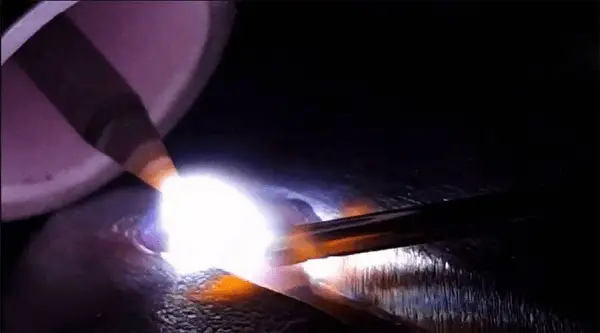
When argon arc welding is used for stainless steel, due to good protection, difficult burning of alloy elements and high transition coefficient, the weld is well formed, there is no slag shell and the surface is smooth.
Therefore, the welded joint has high heat resistance and good mechanical properties.
At present, manual argon tungsten arc welding is widely used in argon arc welding.
It is used to weld 0.5 ~ 3mm stainless steel thin plate.
The composition of welding wire is generally the same as that of weldment. Industrial pure argon is generally used as shielding gas.
The welding speed should be appropriately faster and lateral swing should be avoided as far as possible.
For stainless steel with a thickness greater than 3mm, MIG welding can be used.
The advantages of MIG welding are high productivity, small heat affected zone of weld, small deformation and good corrosion resistance of weldment, and easy automatic operation.
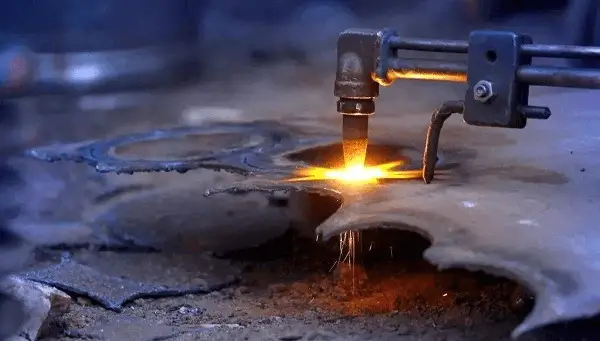
Because gas welding is convenient and flexible, it can weld welds in various spatial positions.
For some stainless steel parts such as thin plate structure and thin-walled pipe, gas welding can sometimes be used without corrosion resistance requirements.
In order to prevent overheating, the welding nozzle is generally smaller than that when welding low carbon steel with the same thickness.
The neutral flame shall be used for gas welding.
The welding wire shall be selected according to the composition and performance of the weldment.
The gas flux 101 shall be used for gas welding powder.
It is best to use the left welding method.
During welding, the inclination angle between the welding torch nozzle and the weldment shall be 40 ~ 50 °, the distance between the flame core and the molten pool shall not be less than 2mm, and the end of the welding wire shall be in contact with the molten pool.
And move along the weld with the flame. The welding torch does not swing laterally.
The welding speed should be fast and interruption should be avoided as far as possible.
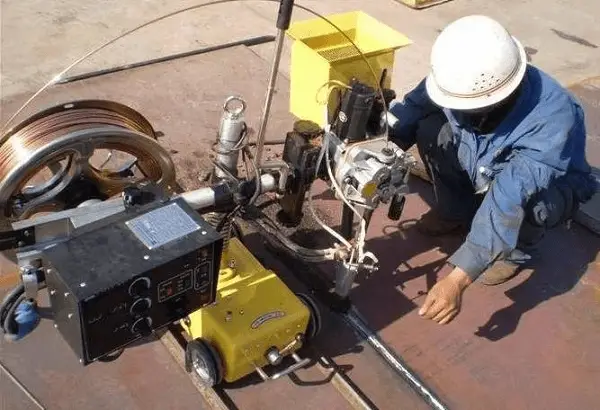
Submerged arc welding is suitable for the welding of stainless steel plates (6 ~ 50mm) with medium thickness and above.
Submerged arc welding has high productivity and good weld quality, but it is easy to cause the segregation of alloy elements and impurities.
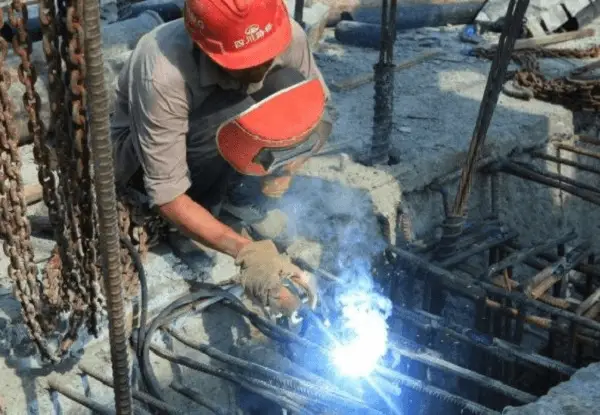
Manual welding is a very common and easy-to-use welding method.
The length of the arc is adjusted by human hands, which depends on the size of the gap between the welding electrode and the workpiece.
At the same time, when used as the arc carrier, the electrode is also the weld filler material.
This welding method is very simple and can be used to weld almost all materials.
For outdoor use, it has good adaptability, even if it is used underwater.
Most electric welding machines can be TIG welded.
In electrode welding, the length of the arc depends on the human hand: when you change the gap between the electrode and the workpiece, you also change the length of the arc.
In most cases, direct current is used for welding, and the electrode is used not only as arc carrier, but also as weld filler material.
The electrode is composed of alloy or non alloy metal core wire and electrode coating.
This coating protects the weld from air and stabilizes the arc.
It also causes the formation of slag layer and protects the weld to form it.
The electrode can be titanium electrode or sealed, which depends on the thickness and composition of the coating.
Titanium electrode is easy to weld, and the weld is flat and beautiful. In addition, welding slag is easy to remove.
If the electrode is stored for a long time, it must be baked again.
Because the moisture from the air will soon accumulate in the electrode.
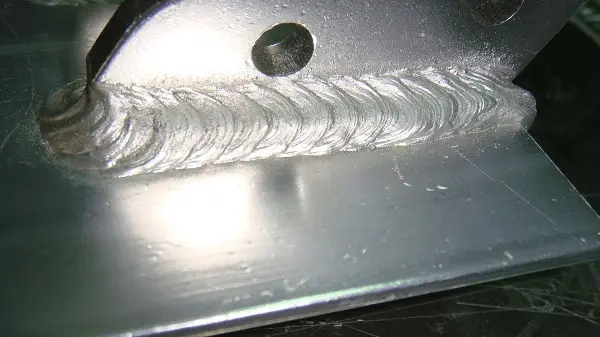
This is an automatic gas shielded arc welding method. In this method, the arc is burned between the current carrier wire and the workpiece under shielding gas.
The metal wire fed by the machine is used as welding rod and melted under its own arc.
Related reading: How to Choose the Right Welding Rod?
Due to the advantages of universality and particularity of MIG / MAG welding method, it is still the most widely used welding method in the world.
It is used in steel, non alloy steel, low alloy steel and high alloy based materials.
This makes it an ideal welding method for production and repair.
When welding steel, MAG can meet the requirements of thin steel plate with thickness of only 0.6mm.
The shielding gas used here is active gas, such as carbon dioxide or mixed gas.
The only limitation is that when outdoor welding is carried out, the workpiece must be protected from moisture to maintain the effect of gas.
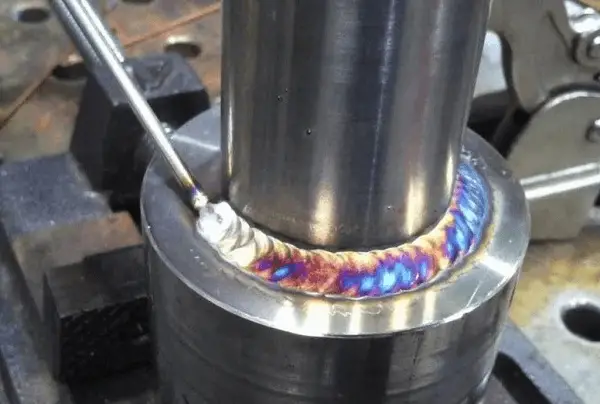
The arc is generated between the refractory tungsten welding wire and the workpiece.
The shielding gas used here is pure argon, and the incoming welding wire is not charged.
Welding wire can be sent manually or mechanically.
There are also some specific uses that do not require feeding of welding wires.
The material to be welded determines whether DC or AC is used When direct current is adopted, the tungsten electric welding wire is set as the negative electrode.
Because of its deep penetration ability, it is very suitable for different types of steel, but it has no “cleaning effect” on the weld pool.
Related reading: MIG vs TIG Welding
Welding inspection includes the inspection of materials, tools, equipment, process and finished product quality used in the whole production process from drawing design to product production. It is divided into three stages: pre welding inspection, inspection in welding process and inspection of finished products after welding.
The inspection methods can be divided into destructive inspection and nondestructive testing according to whether they cause damage to the product.
Pre welding inspection includes the inspection of raw materials (such as base metal, welding rod, flux, etc.) and the inspection of welding structure design.
Including the inspection of welding process specification, weld size, fixture condition and structural assembly quality.
There are many methods for inspection of finished products after welding, including the following:
Appearance inspection
The appearance inspection of welded joints is a simple and widely used inspection method.
It is an important content of finished product inspection.
It is mainly to find the defects on the weld surface and the deviation in size.
Generally, the inspection is carried out through visual observation with the help of standard template, gauge, magnifying glass and other tools.
If there are defects on the weld surface, there may be defects inside the weld.
Compactness test
For welding vessels storing liquid or gas, the non dense defects of the weld, such as penetrating cracks, pores, slag inclusion, incomplete penetration and loose structure, can be found by tightness test.
The compactness test methods include: Kerosene test, water carrying test, water impact test, etc.
Strength inspection of pressure vessels
For pressure vessels, in addition to the tightness test, strength test shall also be carried out.
There are two common types: hydrostatic test and pneumatic test.
They can test the weld tightness of vessels and pipes working under pressure.
The pneumatic test is more sensitive and rapid than the hydraulic test.
At the same time, the products after the test do not need drainage treatment, which is especially suitable for products with difficult drainage.
But the test is more dangerous than hydrostatic test.
During the test, corresponding safety technical measures must be observed to prevent accidents during the test.
Verification of physical methods
The physical inspection method is to use some physical phenomena for measurement or inspection.
The inspection of internal defects of materials or workpieces generally adopts the method of nondestructive testing.
At present, there are ultrasonic flaw detection, radiographic flaw detection, penetrant flaw detection, magnetic flaw detection and so on.
① Radiographic inspection
X-ray flaw detection is a flaw detection method that uses the characteristics of ray penetrable material and attenuation in material to find defects.
According to the different rays used in flaw detection, it can be divided into X-ray flaw detection, Y-ray flaw detection and high-energy ray flaw detection.
Due to the different methods of displaying defects, each radiographic inspection is divided into ionization method, fluorescent screen observation method, photography method and industrial television method.
Radiographic inspection is mainly used to inspect cracks, incomplete penetration, pores, slag inclusion and other defects in the weld.
② Ultrasonic flaw detection
When ultrasonic wave propagates in metal and other uniform media, it can be used to inspect internal defects because it will reflect on the interface of different media.
Ultrasonic can inspect the defects of any weldment material and any part, and can find the defect location more sensitively, but it is difficult to determine the nature, shape and size of the defect.
Therefore, ultrasonic flaw detection is often used in conjunction with radiographic inspection.
③ Magnetic inspection
Magnetic inspection is to find defects by using magnetic leakage generated by magnetic field magnetizing ferromagnetic metal parts.
According to different methods of measuring magnetic flux leakage, it can be divided into magnetic particle method, magnetic induction method and magnetic recording method, among which magnetic particle method is the most widely used.
Magnetic flaw detection can only find defects on the surface and near surface of magnetic metal, and can only make quantitative analysis of defects, and the nature and depth of defects can only be estimated according to experience.
④ Penetrant inspection
Penetrant inspection uses the permeability and other physical properties of some liquids to find and display defects, including dye inspection and fluorescent flaw detection.
It can be used to check the defects on the surface of ferromagnetic and non ferromagnetic materials.
1. The power supply with vertical external characteristics is adopted, and the positive polarity is adopted in DC (the welding wire is connected to the negative pole)
2. It is generally suitable for the welding of thin plates below 6mm, with the characteristics of beautiful weld formation and small welding deformation
3. The shielding gas is argon with a purity of 99.99%. When the welding current is 50 ~ 150A, the argon flow is 8 ~ 10L / min, and when the current is 150 ~ 250A, the argon flow is 12 ~ 15L / min.
4. The length of tungsten electrode protruding from the gas nozzle is preferably 4 ~ 5mm.
In places with poor shielding such as fillet welding, it is 2 ~ 3mm, and in places with deep groove, it is 5 ~ 6mm.
The distance from the nozzle to the working is generally no more than 15mm.
5. In order to prevent the occurrence of welding pores, the welding parts must be cleaned if there is rust, oil stain, etc.
6. For the length of welding arc, when welding ordinary steel, 2 ~ 4mm is preferred, while when welding stainless steel, 1 ~ 3mm is preferred.
If it is too long, the protection effect is not good.
7. During butt backing, in order to prevent the back of the bottom weld bead from being oxidized, the back also needs to be protected by gas.
8. In order to protect the welding pool well with argon and facilitate the welding operation, the angle between the center line of tungsten electrode and the workpiece at the welding position shall be generally maintained at 80 ~ 85 °, and the included angle between filler wire and workpiece surface shall be as small as possible, generally about 10 °.
9. Windproof and ventilation. Where there is wind, please take measures to block the net, and take appropriate ventilation measures indoors.
Combined with the construction practice of several large projects.
Prepared construction organization design or construction scheme including pipeline, storage tank, tower container, steel structure, etc.
Through the implementation of these construction organization designs in the project, I have accumulated some experience and have a further understanding of the welding of stainless steel. Now combined with pipeline construction.
In view of the technical management and quality control of stainless steel in welding, this paper discusses some experiences.
There are many grades of stainless steel.
According to the alloy composition, it can be divided into chromium stainless steel and chromium nickel stainless steel.
According to the metal structure of stainless steel, it can be divided into austenite type, ferrite type, martensite type, etc.
The most commonly used in construction is austenitic type, such as 0Crl9Ni9, 1Cr18Ni9Ti, etc. Austenitic stainless steel has good weldability and is relatively easy to weld.
The welded joint has high toughness even in the welded state.
However, compared with ordinary carbon steel, its thermal conductivity is about 1 / 3 of that of carbon steel, but its expansion coefficient is 1.5 times larger than that of carbon steel.
Because austenitic stainless steel has low thermal conductivity and high expansion coefficient, it will produce large deformation and strain in the welding process.
Therefore, the welding quality mainly depends on whether the welding process is suitable for the base metal.
Therefore, when determining the welding process, the following aspects must be considered.
Selection of welding methods common welding methods of stainless steel include manual arc welding, gas shielded welding and automatic submerged arc welding.
It is mainly determined according to the designed medium parameters, construction conditions and operating environment, as well as construction cost.
In the process pipeline construction, due to the different pipe diameters and more valves and pipe fittings on the pipeline, the change of welded junction position is more complex.
Therefore, manual arc welding is generally used.
Argon arc welding is usually used for priming of pipelines conveying flammable, explosive or media with certain cleanliness requirements.
Manual arc welding cover welding to improve the internal quality of the weld. Selection of welding materials stainless steel electrode is divided into chromium stainless steel electrode (brand name is “g” prefix) and chromium nickel stainless steel electrode (brand name is “a” prefix).
Chromium stainless steel electrode is mainly used for welding martensitic stainless steel.
The selection of welding rod mainly considers the chemical composition of base metal, temperature and pressure of pipeline medium, welding current (AC or DC), welding method and ambient temperature during welding.
Generally speaking, through selection and confirmation, there will be multiple brands of welding rods that can meet the welding requirements.
At this time, the welding rod can be selected according to its cost performance.
The selection of weld groove form is usually based on the stress condition of the weld.
The groove form shall be indicated in the construction drawing, and the corresponding specifications or standards shall be adopted.
However, the commonly used specifications or standards do not subdivide the groove size according to the difference between base metal and welding material. It is only determined according to the thickness of base metal and welding method.
But in fact, different base metals and welding materials have different requirements for groove size during welding.
This is because the chemical composition and physical properties of materials are different, and the penetration (penetration) during welding is also different.
Therefore, during construction, the butt clearance, blunt edge and groove angle of the groove must be adjusted according to the specific material.
If the groove size is too large, it will not only increase the construction cost, but also make the weld stress too large, easy to deform and crack;
If the groove size is too small, it is prone to quality defects such as incomplete penetration and slag inclusion.
When manual arc welding is used, the penetration of stainless steel electrode is smaller than that of carbon steel electrode.
Therefore, the groove angle and butt clearance should be appropriately increased.
It can be controlled according to the positive deviation value given in the specification, or determined through trial welding.
The selection of welding current the specific resistance of austenitic stainless steel is nearly 5 times higher than that of carbon steel.
Therefore, the electrode is easy to overheat and burn red during welding.
The use of high current will cause overheating of welding rod and burning loss of effective components in coating, so that poor weld protection is easy to cause defects.
At the same time, the expected weld metal composition can not be obtained, so the welding current should not be too large.
Generally, a smaller welding current is preferred.
Before welding.
Targeted preparations should be made.
This preparation is an important part of ensuring welding quality.
Its contents are mainly considered from the following three aspects:
Confirmation of welding operator’s skills welders engaged in welding must work with certificates and operate in strict accordance with the allowable welding items indicated on the operation certificate.
The welder should have more than two years of welding experience in stainless steel or chromium molybdenum steel.
Management of welding materials before use, the welding rod shall be baked according to the provisions of the operation manual (if there is no provision, it is generally treated according to the drying temperature of 150 ~ 200 ℃ and the drying time of 1H).
A special oven with controllable temperature must be used for baking. Bake as much as you want, and take as you like.
The dried electrode shall be placed in the insulation cylinder for use. If exposed for more than 2h, it shall be baked again. Repeat no more than 3 times.
The groove of stainless steel pipe can be machined or plasma cut before welding.
The oxide layer and burr at the groove shall be removed first.
In order to facilitate the removal of spatter after welding, chalk slurry can be painted within 50mm on both sides of the weld, and then removed after welding.
Due to the “carburization” phenomenon caused by the contact between stainless steel and carbon steel, special grinding wheel and stainless steel brush must be used when cleaning the weld bead and splash.
Prevention of deformation due to the large expansion coefficient and small thermal conductivity of austenitic stainless steel, it is easy for stainless steel to have large welding deformation during welding.
Therefore, during assembly, different types of anti deformation fixtures shall be used according to the welds at different positions.
The position of tack welding and fixed welding shall be smaller than that of general carbon steel.
The welding sequence shall be reasonably determined when welding personnel.
For example, for large pipe diameter, two people can weld symmetrically in the same direction at the same time.
When the base metal is more than 8mm thick, the weld bead shall be welded in multiple layers and with small linear energy.
The welding adopts the “reverse connection” method of connecting the weldment with the negative electrode to reduce the temperature of the weldment.
Prevent cracks.
After baking the electrode, use a thermos to hold it.
The welding ambient temperature should be above 0 ℃ and should not fluctuate greatly during welding.
When the temperature is lower than 0 ℃, the welding shall be preheated, and the preheating temperature is 80 ~ 100 ℃.
The backward method is adopted to start the arc in slope 13, and the arc cannot be started on the base metal.
The straight-line strip transportation method of pulling forward without swinging is adopted for strip transportation.
If horizontal swing is necessary during vertical welding, the swing range shall be minimized. Excessive horizontal swing is easy to cause thermal crack and poor protection.
The arc length should be kept as short as possible.
The long electric arc will not only cause the burning loss of alloy components, but also lead to the reduction of ferrite and heating cracks due to the invasion of nitrogen in the air.
The arc crater shall be filled during arc termination.
In particular, it is easier to ignore the filling of craters in tack welding, and it is difficult to avoid thermal cracks in concave craters.

